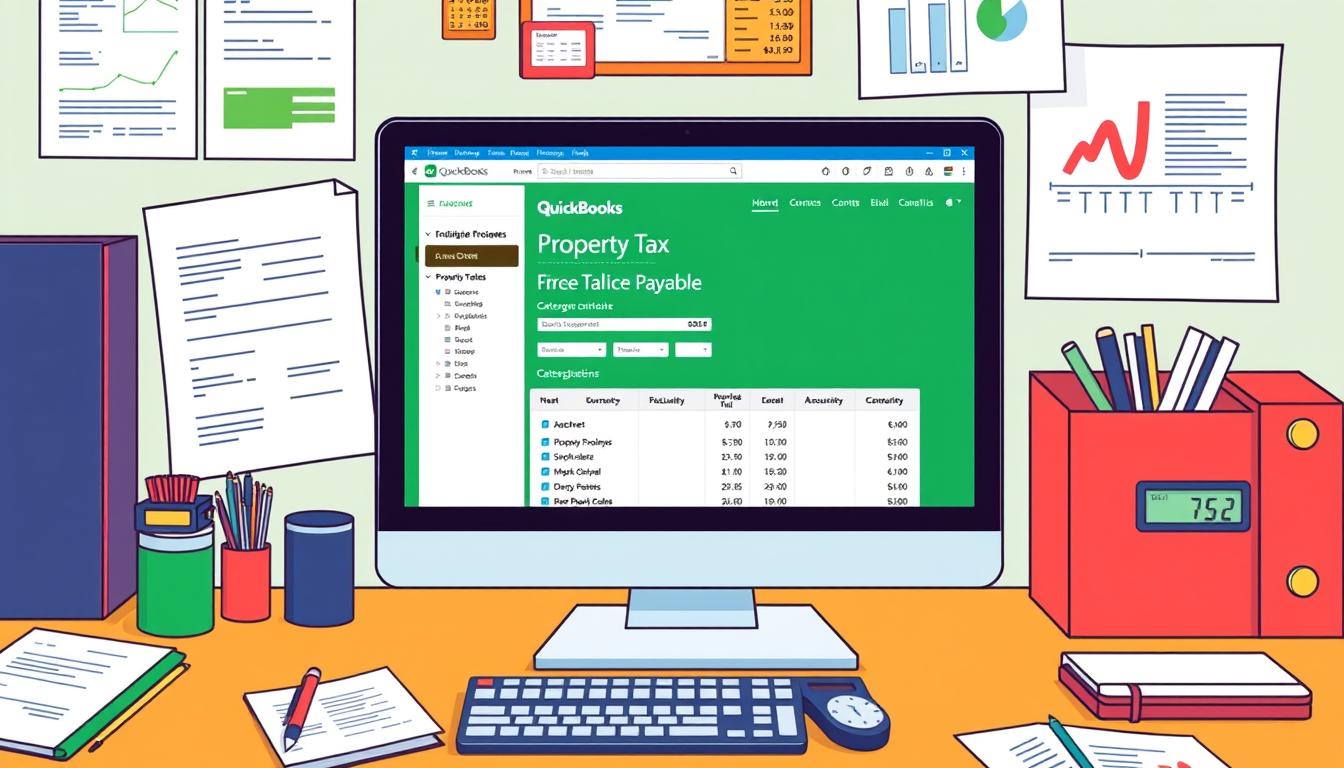
What do i catergorize myt inventory expenses under quickbooks

Table of Contents
In the world of small business accounting, it’s key to categorize your inventory expenses right in QuickBooks. This software is easy to use and helps keep your finances in order. By categorizing your expenses correctly, you get accurate financial reports and make better decisions.
We’ll explore what inventory expenses are, why they matter, and how to categorize them well. Learning these tips will help you use QuickBooks to manage your inventory better.
Key Takeaways
- Understanding how to categorize inventory expenses is essential for accurate bookkeeping.
- Correct classification helps in generating reliable financial reports.
- Utilizing QuickBooks enhances overall inventory management.
- Knowing the types of inventory expenses can aid in better financial planning.
- Regular audits of inventory records can prevent costly errors.
- Integrating QuickBooks with other financial tools streamlines processes.
Understanding Inventory Expenses
Managing inventory expenses is key for any business wanting to stay profitable. It helps keep finances clear. Inventory expenses cover costs like buying, storing, and managing stock for sale. Knowing these costs helps businesses track their spending well.
Definition of Inventory Expenses
Inventory expenses include the cost of goods, shipping, and storage. They also cover other costs related to keeping stock. It’s important to identify these costs to understand business expenses. This helps with financial planning and managing cash flow.
Importance of Categorizing Inventory Expenses
Categorizing inventory expenses is crucial. It helps businesses analyze profits and affect taxes. It also gives better insights into financial strategies. By knowing where money goes, businesses can improve inventory management, control stock, and find ways to cut costs.
Tracking inventory expenses well helps make better decisions. This improves profits and makes operations more efficient.
Types of Inventory Expenses
Inventory expenses fall into two main categories: direct costs and indirect costs. Knowing the difference is key for good financial management and accurate reports.
Direct Costs
Direct costs are expenses that go straight to making goods sold. Common examples of direct costs are:
- Purchasing price of inventory
- Shipping costs for getting products
- Labor costs for making the products
It’s important to track these direct inventory costs well. This helps in figuring out the cost of goods sold (COGS). Knowing these costs helps businesses set good prices. This keeps them profitable and competitive.
Indirect Costs
Indirect costs, on the other hand, are not directly for making products but are still needed for business. These include:
- Storage fees for inventory
- Administrative costs
- Utilities and overhead expenses
Handling indirect costs well helps in keeping financial reports accurate. It also aids in planning. Understanding these costs is crucial for managing them. It ensures all spending is considered in pricing.
How QuickBooks Helps in Inventory Management
Managing inventory well is key for any business, especially small ones. They need smart solutions to stay competitive. QuickBooks offers powerful tools to make this easier, improving tracking accuracy and efficiency.
Features of QuickBooks for Inventory Tracking
QuickBooks shines in inventory tracking with real-time stock level visibility. It has automatic reordering, preventing stockouts and managing too much stock. Businesses can also analyze trends with detailed reports, guiding stock decisions.
Benefits of Using QuickBooks for Small Businesses
QuickBooks does more than track inventory. It cuts down on errors with automated tasks, saving time on bookkeeping. Its easy-to-use design lets even those new to accounting manage inventory well. QuickBooks gives insights into inventory performance, helping businesses improve operations and productivity.
Step-by-Step Guide to Categorizing Inventory Expenses in QuickBooks
Managing inventory expenses in QuickBooks needs a clear plan. First, set up your QuickBooks account. Then, create specific accounts for inventory expenses. This helps track and analyze your finances well.
Setting Up Your QuickBooks Account
Getting your QuickBooks account right is key to managing money well. You’ll need to do a few important things:
- Select your business type.
- Input essential financial details.
- Configure the company file correctly.
These steps lay the groundwork for managing your expenses in QuickBooks. It’s the first step to successful inventory accounting.
Creating Inventory Expense Accounts
It’s crucial to set up inventory accounts for tracking. You need to make specific expense accounts for different inventory costs. This makes financial analysis and reporting easier:
“Effective categorization of expenses allows for better financial management and reporting.”
With the right inventory account setup, you can track direct and indirect expenses accurately.
Entering Inventory Purchases
After setting up accounts, focus on entering purchase transactions. Here’s how to record inventory purchases:
- Indicate the vendor from whom the inventory is purchased.
- Choose the appropriate expense account created earlier.
- Input the amount spent on inventory items.
Regularly recording inventory purchases keeps your financial records accurate. This helps manage your inventory and check your financial health.
| Step | Action | Purpose |
|---|---|---|
| 1 | Select Business Type | Tailor QuickBooks features to your business needs |
| 2 | Input Initial Financial Details | Ensure correct records from the beginning |
| 3 | Create Inventory Expense Accounts | Facilitate precise tracking of inventory costs |
| 4 | Enter Inventory Purchases | Maintain accurate and up-to-date financial records |
Common Mistakes When Categorizing Inventory in QuickBooks
Accurate expense categorization is key to good inventory management. Businesses often make mistakes that affect this process. These errors include misclassifying costs and not updating inventory records. Knowing and fixing these issues can improve financial health.
Misclassifying Expenses
Misclassifying expenses is a big inventory mistake. Companies might put inventory costs in the wrong place. This messes up profit figures and can lead to tax problems. It’s vital to keep records right to avoid these issues.
Neglecting to Update Records
Not updating records is another common problem. Not recording purchases or sales correctly can lead to big inventory management errors. This makes it hard to manage cash flow. Keeping records up to date is crucial for planning and running the business smoothly.
Best Practices for Categorizing Inventory Expenses
Using the best ways to sort out inventory costs makes things more accurate and follows the rules. By using clear methods, companies can keep their records straight and use their resources well.
Regular Audits of Inventory Records
Doing regular checks on inventory is key to spotting problems. These audits help find mistakes, theft, or lost items. By doing these checks often, companies can fix issues fast and keep their financial records right.
Staying Informed on Accounting Standards
It’s important for businesses to keep up with accounting rules. Knowing about changes in these rules helps companies follow the rules for inventory sorting. This keeps them safe from breaking the rules.
| Practice | Importance | Benefit |
|---|---|---|
| Conduct Regular Audits | Identifies discrepancies and misclassifications | Enhances accurate inventory tracking |
| Stay Informed on Regulations | Ensures compliance with accounting standards | Prevents financial penalties |
| Maintain Accurate Records | Supports effective inventory management | Facilitates better decision-making |
Utilizing Reports to Manage Inventory Expenses in QuickBooks
Managing inventory expenses is key for any business. QuickBooks reports help analyze financial data related to inventory. They show profit and loss statements, helping businesses make smart financial decisions.
QuickBooks lets users create detailed profit and loss reports. It also allows for customizing reports for specific insights. This helps users understand their operations better.
Generating Profit and Loss Reports
Profit and loss statements from QuickBooks help businesses see their revenue and costs. These reports show how profitable a business is and its financial health. QuickBooks reports can be customized to highlight important metrics for better inventory management.
Customizing Inventory Reports for Insights
Customizing reports in QuickBooks gives deeper insights into inventory performance. Businesses can look at metrics like stock turnover rates. This shows how well inventory is managed.
Using QuickBooks’ data analysis tools helps companies improve their inventory insights. This makes managing finances more efficient and aligned with goals.
Integration with Other Financial Tools
QuickBooks works well with many financial tools. This makes managing money easier for businesses. One big plus is linking QuickBooks with e-commerce sites. This makes important tasks automatic, saving time and cutting down on mistakes.
With better tracking of stock and sales, businesses can make smarter choices. This leads to more efficient operations.
Linking QuickBooks with E-commerce Platforms
For online stores, QuickBooks and e-commerce sites like Shopify or WooCommerce work together smoothly. This means stock levels update right away with each sale. No more manual entry of data.
This connection brings several benefits:
- Real-time updates on inventory status
- Enhanced visibility into sales trends
- Improved cash flow management
- Streamlined financial reporting
Using Add-Ons for Enhanced Inventory Tracking
There are many QuickBooks add-ons to help with inventory. These tools offer advanced features like:
- Advanced reporting features
- Forecasting tools for better stock management
- Inventory optimization techniques
- Custom alerts for low stock levels
Using these tools helps businesses keep a close eye on their stock. This ensures they meet market demands efficiently. It also boosts their chances of making more money.
| Add-On Name | Main Feature | Benefits |
|---|---|---|
| TradeGecko | Inventory Management | Streamlined stock control and order fulfillment |
| DEAR Inventory | Multi-channel Selling | Centralized inventory for online and physical stores |
| AutoBooks | Automated Invoicing | Save time on billing and payment collections |
Conclusion
Summarizing inventory expenses in QuickBooks is key for accurate financial reports. It helps businesses understand their costs better. This way, they can use QuickBooks to improve their accounting.
Good inventory expense categorization offers many benefits. It gives businesses the insights they need to make smart choices. This leads to better financial results.
Keeping up with these practices is important for success. It helps businesses stay ahead in the market. Using QuickBooks for inventory management makes operations smoother.
This approach keeps businesses in line with accounting rules. It also helps them stay financially healthy. This sets the stage for future growth.
FAQ
What are the common types of inventory expenses in QuickBooks?
Inventory expenses in QuickBooks include direct costs like the cost of goods and shipping. Indirect costs are things like storage and administrative fees. Knowing these helps manage your inventory expenses well.
How can I accurately categorize my inventory expenses in QuickBooks?
To categorize inventory expenses right in QuickBooks, make specific accounts for each cost. Enter the details of each purchase, like the vendor and account, for accurate records.
Why is it important to update inventory records regularly in QuickBooks?
Updating inventory records in QuickBooks often is key to avoiding stock and financial report errors. Accurate records help in making smart decisions and managing cash flow.
What features does QuickBooks offer for inventory management?
QuickBooks has many features for managing inventory, like tracking stock levels in real-time and automatic reordering. These tools make inventory management easier for small businesses.
How do I create inventory expense accounts in QuickBooks?
To make inventory expense accounts in QuickBooks, go to the Chart of Accounts, click “New,” and pick Expense. Name the account clearly for easy tracking of expenses.
What are the best practices for categorizing inventory expenses?
For good inventory expense categorization, regularly check your inventory records and follow accounting standards. Also, keep up with any changes in rules that might affect how you categorize expenses.
How can QuickBooks reports aid in managing inventory expenses?
QuickBooks reports, like Profit and Loss statements, show important cost and revenue details. Customizing these reports helps analyze key metrics for better inventory management.
What mistakes should I avoid when categorizing inventory in QuickBooks?
Avoid mixing up expenses as general costs, as it messes up financial reports. Also, always update records to avoid errors that can affect inventory management.
How can I integrate QuickBooks with e-commerce platforms?
Linking QuickBooks with e-commerce platforms updates inventory and sales data automatically. This cuts down on manual entry and makes your financial records more accurate.
What are the benefits of using QuickBooks for inventory tracking?
QuickBooks for inventory tracking helps small businesses by making things more efficient and reducing errors in reports. It also gives insights for better business decisions.
- Tags: intuit quickbooks, intuit quickbooks login, intuit quickbooks online, quickbook, quickbooks, quickbooks accounting software, quickbooks customer service, quickbooks customer service number, quickbooks desktop, quickbooks desktop 2024, quickbooks log in, quickbooks login, quickbooks login online, quickbooks online, quickbooks online accountant, quickbooks online accounting, quickbooks online customer service, quickbooks online login, quickbooks online pricing, quickbooks payroll, quickbooks self employed, quickbooks software, quickbooks support phone number, quickbooks time, quickbooks time login, quickbooks workforce
Top Products
- QuickBooks Desktop Pro 2024 US Version
- QuickBooks Desktop Pro 2023 US Version
- QuickBooks Desktop Pro 2022 US Version
- QuickBooks Desktop Premier 2024 US Version
- QuickBooks Desktop Premier 2023 US Version
- QuickBooks Desktop Premier 2022 US Version
- QuickBooks Desktop Accountant 2024 US Version
- QuickBooks Desktop Accountant 2023 US Version
- QuickBooks Desktop Enterprise 2024 US Version
- QuickBooks Desktop Enterprise 2023 US Version
- QuickBooks for Mac 2024
- QuickBooks for Mac 2023
Popular Posts

How to categorize property tax payable in quickbooks online
Knowing how to categorize property tax payable in QuickBooks Online is key for keeping your financial records right. Property tax payable is the amount your business owes in property taxes. It can greatly affect your financial health. By learning to categorize property tax well, businesses can make sure their financial statements show their true obligations.
This knowledge is crucial as we dive into the steps and best practices for handling property tax payable in QuickBooks Online.
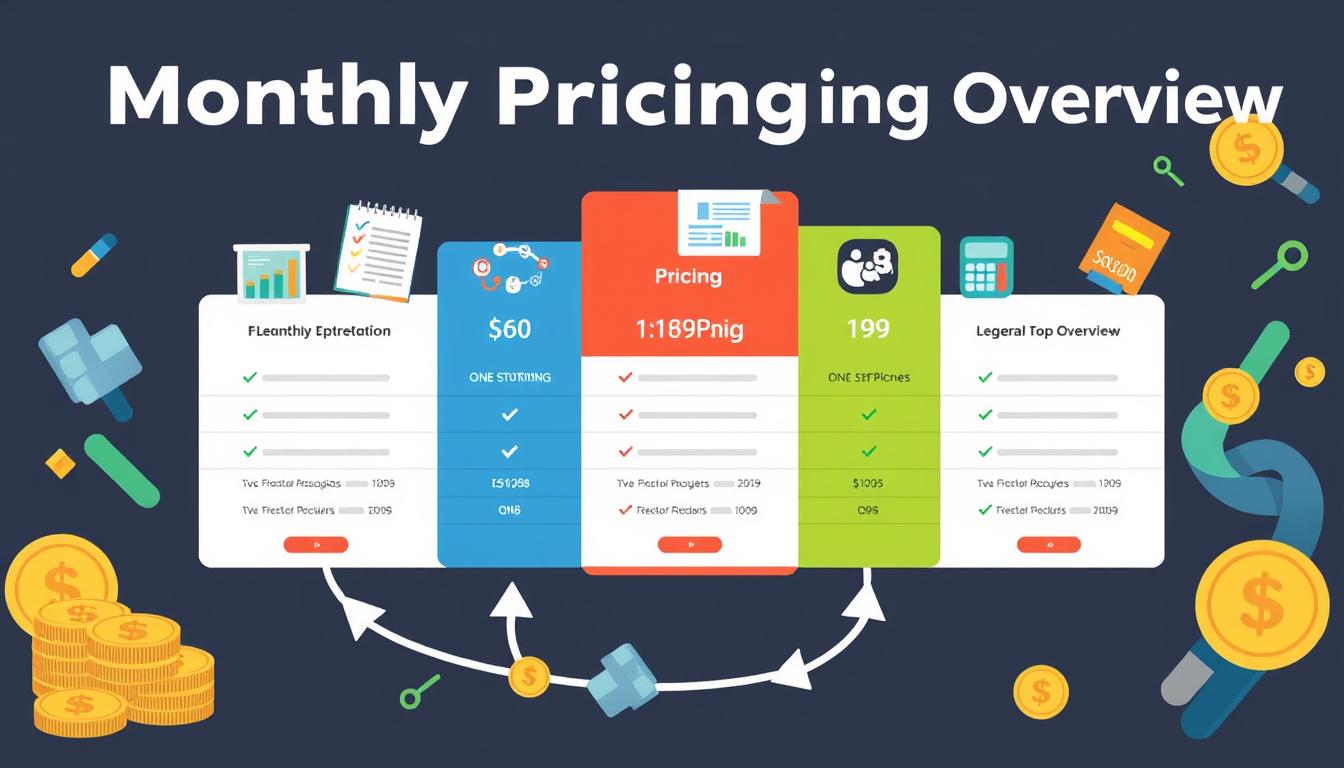
How much is quickbooks per month
Many users want to know the QuickBooks pricing for monthly costs. QuickBooks has various plans for different business needs. This lets users pick the right plan for their financial management.
What affects the QuickBooks monthly cost includes the QuickBooks edition, payment frequency, and extra features. This guide will explain the details of these plans. It will help you understand the costs of using QuickBooks for your business.

How does quickbooks work
QuickBooks is a key accounting software made by Intuit. It helps businesses manage their finances well. It works on a cloud-based platform, so users can access their financial data from anywhere.
This software makes tasks like bookkeeping, invoicing, and financial reporting easier. In this article, we’ll look at QuickBooks’ main features, its users, benefits, and challenges. We aim to help you understand how it can improve your financial management.

How do you record insurance payment in quickbooks
Recording insurance payments in QuickBooks is key for good insurance accounting. It helps business owners manage their money well and keep their books right. This is vital for the health of any business.
In this guide, we’ll show you how to record insurance payments easily. We’ll use QuickBooks guides and tips from accounting experts. This way, you can keep your financial records up to date.
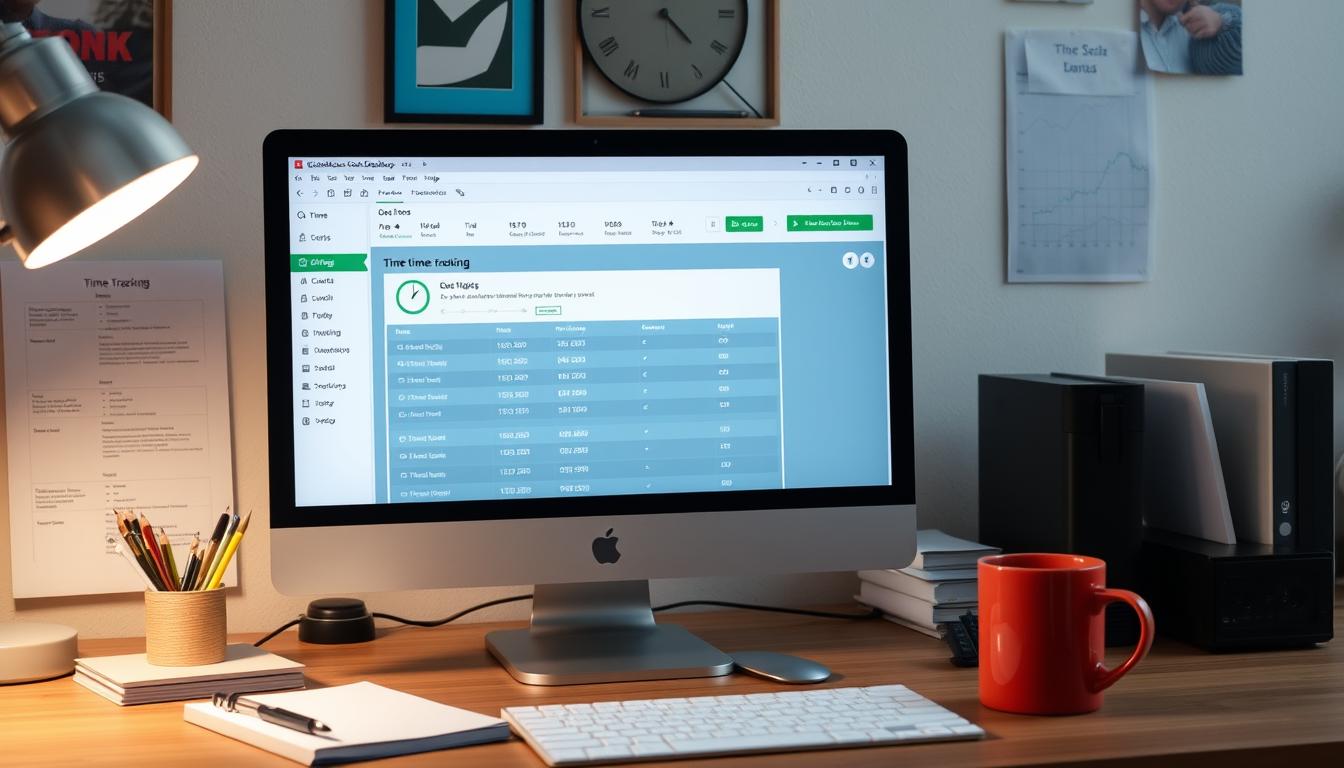
How do you clock in hours in quickbooks desktop
In today’s fast-paced world, tracking time well is key for good payroll management. This article will show you how to clock in hours in QuickBooks Desktop. It’s a top accounting software that makes managing tasks easier. By learning how to track time, businesses can work better and pay employees right.
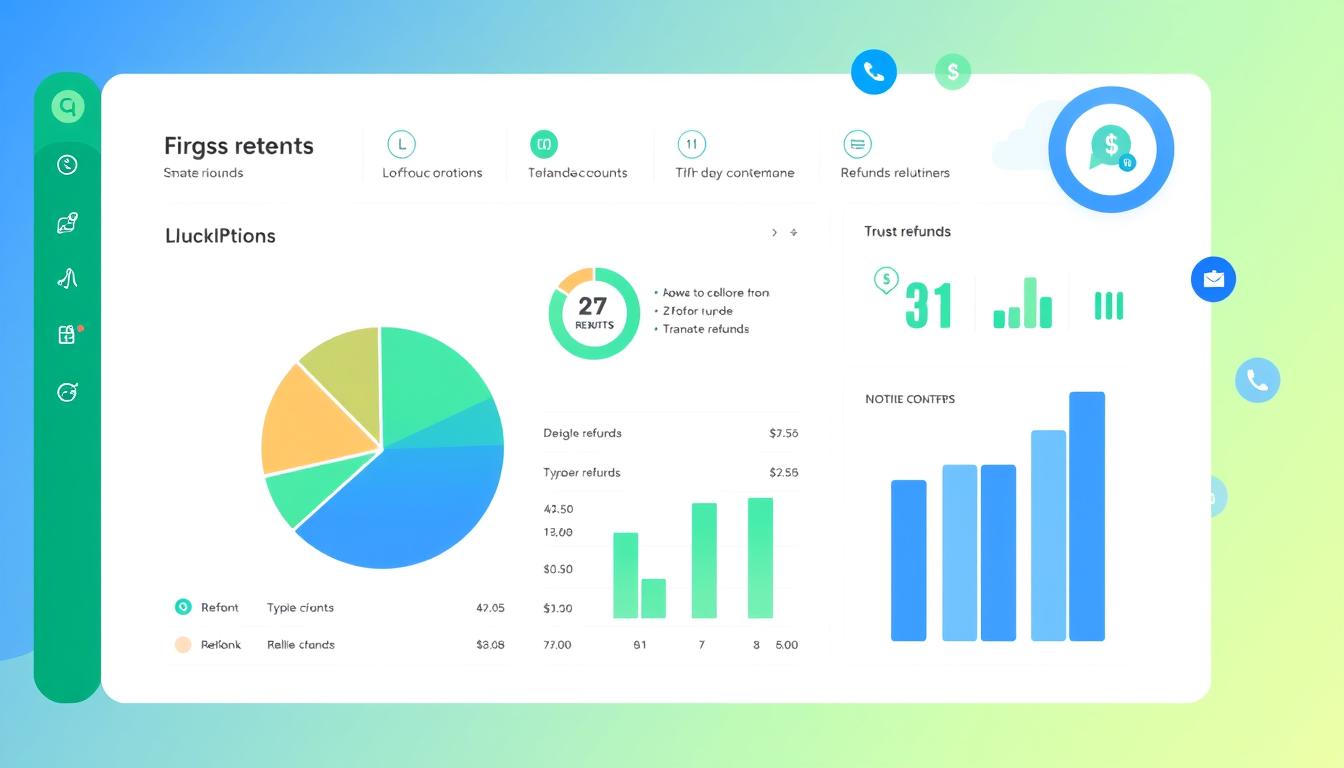
How are refunds categorized in quickbooks online
Knowing how to categorize refunds in QuickBooks Online is key for good financial management. It’s important to record refunds correctly to keep your finances clear. Businesses of all sizes can benefit from knowing how to do this right.
This knowledge helps make your financial records clear and accurate. It’s a basic step that can make a big difference.

Does quoteiq accept quickbooks online payments
Payment solutions are key in today’s business world. Many are looking into how platforms like QuoteIQ can improve their invoicing. A big question is: does QuoteIQ accept QuickBooks Online Payments? This article explores how QuoteIQ and QuickBooks Online Payments work together.
This shows how important it is to have good payment integration. It helps with cash flow and makes operations smoother. We’ll look at the benefits of using QuoteIQ with QuickBooks Online Payments. Plus, we’ll show you how to set it up.
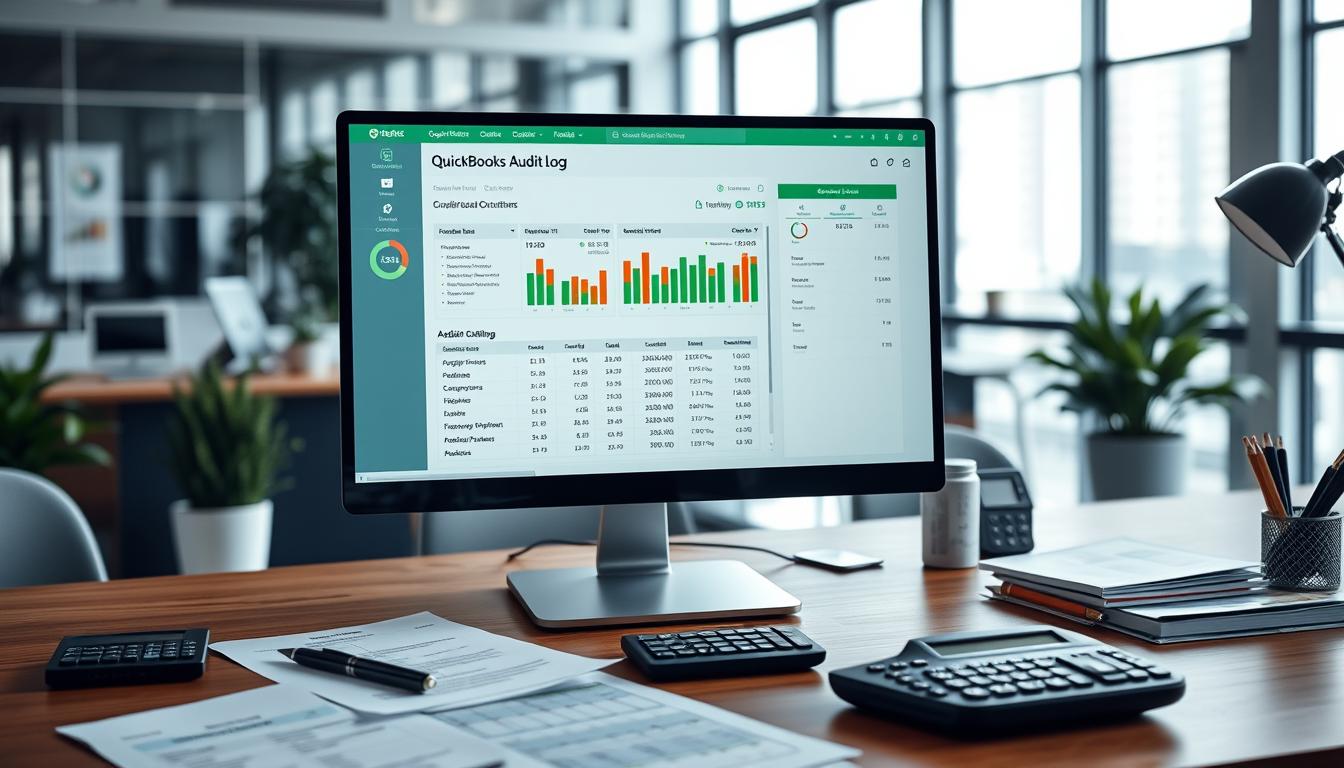
Can you delete history under audit log quickbooks online
It’s important to know if you can delete entries from the audit log in QuickBooks Online. This is key for businesses that focus on financial accuracy and follow the rules. The audit log QuickBooks Online keeps a detailed history of changes to financial data. This ensures that all account activities are recorded clearly.
By tracking these changes, the audit log is crucial for good financial management. We will look into why the audit log matters and what happens if you try to delete its records. We’ll see how these actions impact your QuickBooks history.
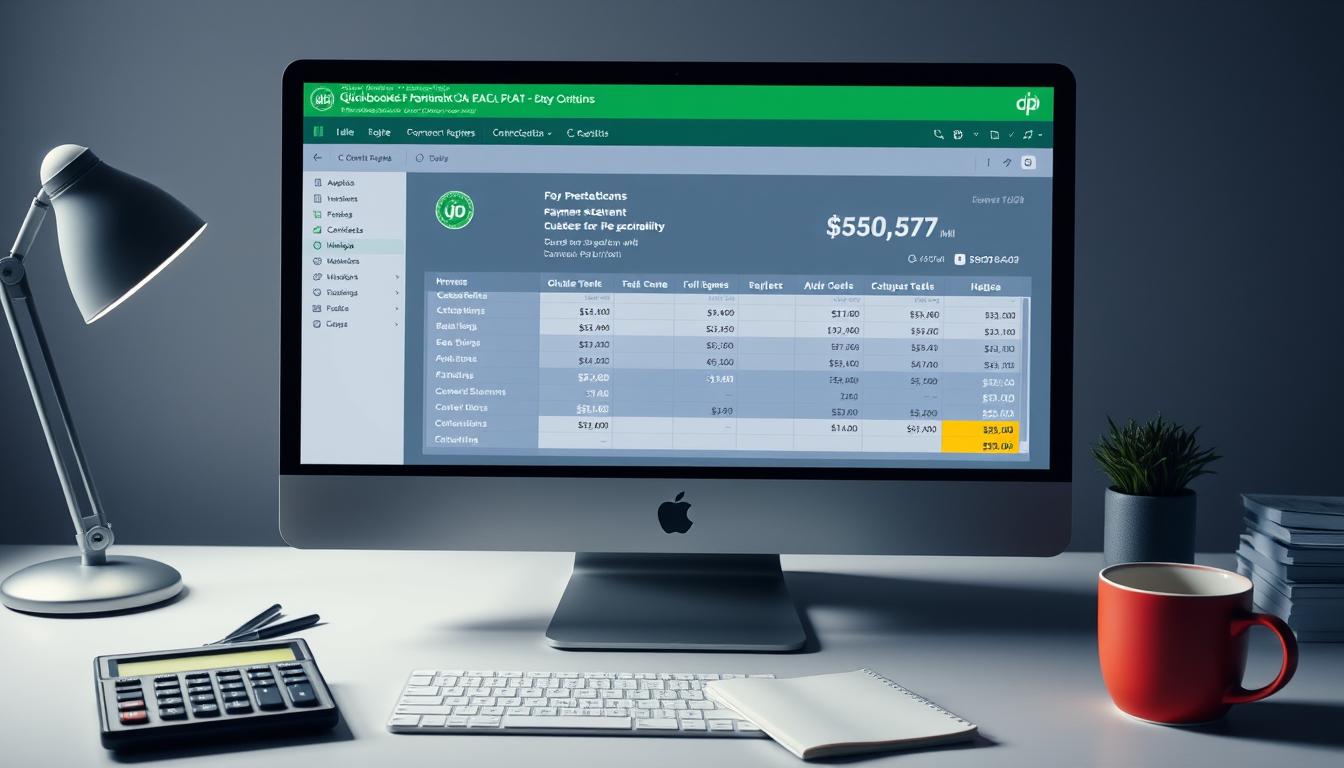
Can quickbooks recievepayment by statements rather that individual invoices
In today’s fast-paced world, businesses need quick and easy ways to handle payments. Many QuickBooks users wonder if they can pay by statements instead of invoices. This method makes accounting simpler for companies.
Using payment statements has big advantages over traditional invoices. QuickBooks helps businesses manage payments better. This article will show you how payment statements work in QuickBooks and how they can help your business.
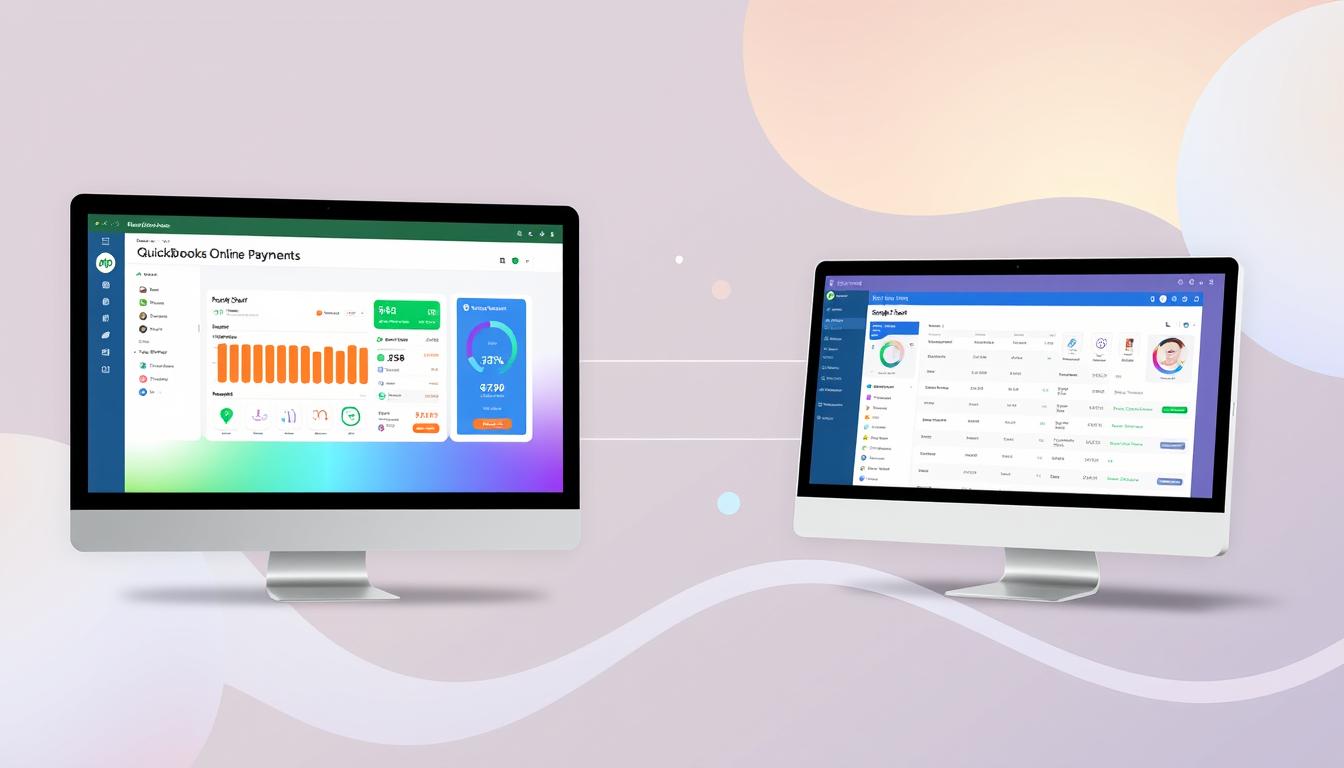
Can quickbooks online payments work with simple start
For small business owners, the question of whether QuickBooks Online Payments and QuickBooks Simple Start can work together is key. This integration is vital for managing finances effectively. It helps users handle transactions smoothly while using a basic accounting tool for solo businesses.
QuickBooks Online Payments lets users take payments online, making cash flow management easier. In this article, we explore how these two tools can boost efficiency for small businesses.